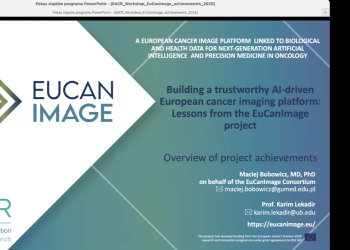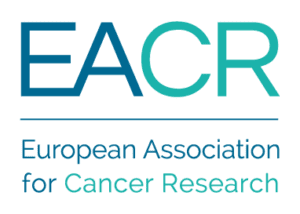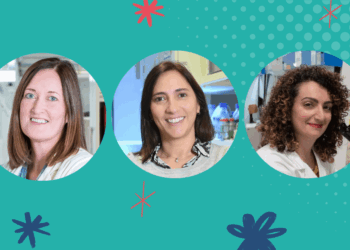Before I start this blog post, I shall introduce my lab members. But for privacy reasons, I’ll use only their first initials.
Meet the team
My colleague S, a postdoc in the lab of our cancer research institute, is known for her ability to stumble upon remarkable discoveries without even trying. She has a knack for being in the right place at the right time, and when she accidentally used the wrong culture medium, her cells grew better than ever.
Then, my co-worker L, a fresh young and very enthusiastic PhD-student, is a carefree spirit who seems to have the universe’s favor. He passed all his exams with a C but his perpetual good fortune makes him a beloved figure in the lab.
And then there is C, the research technician. She is a member of the lab for over 20 years and she is the glue that holds the trio together. C’s thirst for knowledge drove her from Bachelor’s degree in biochemistry, (and after working for many years as a technician) to even a Master’s and a PhD in Oncology. Now, while S and L often find themselves in the spotlight, presenting at conferences and first-authoring papers, it is C who lays the groundwork and the continuity for our lab’s successes.
A discovery
Recently we made a very nice discovery, and over the last months we have gone over the data again and again. We double-checked our procedures and replicated the results under different conditions. We tried additional time points and checked different cell types. It looks like we have found a synergistic effect of three compounds.
At this moment, we don’t know yet what the future may bring but the results look promising. We have written a paper and are now waiting for it to be published. Because it has not been published yet, I cannot elaborate on the results but I noticed something important.
Synergy
The diverse strengths of my colleagues, when combined, have the power to push the boundaries of scientific discovery. They have not only solved the lab’s immediate problem but potentially opened up a new avenue for cancer treatment that could benefit countless patients in the future.
First names
Therefore, I think it is only fair to give you, readers, a little glimpse of the names of my colleagues. I cannot reveal their full names but I can tell you their first names. They are called Serendipity, Luck and Curiosity.
I am convinced that every lab needs a trio like this for great science to flourish. While scientists benefit from fortunate accidents, it is their curiosity and readiness to explore the unexpected that transform these moments into groundbreaking discoveries.
So, when you have a job vacancy in your lab, make sure you think about the importance of diverse strengths in your teams and make sure a curious person is one of them.
 About the author:
About the author:
Shuraila Zerp is a trained research technician who has worked in oncology research for over 30 years. After working in the lab for 25 years she obtained a PhD and transitioned to clinical research, serving as a clinical research manager for 5 years. She now works as a scientific writer at the Netherlands Cancer Institute, a comprehensive cancer center in Amsterdam, the Netherlands.



 About the author:
About the author:




